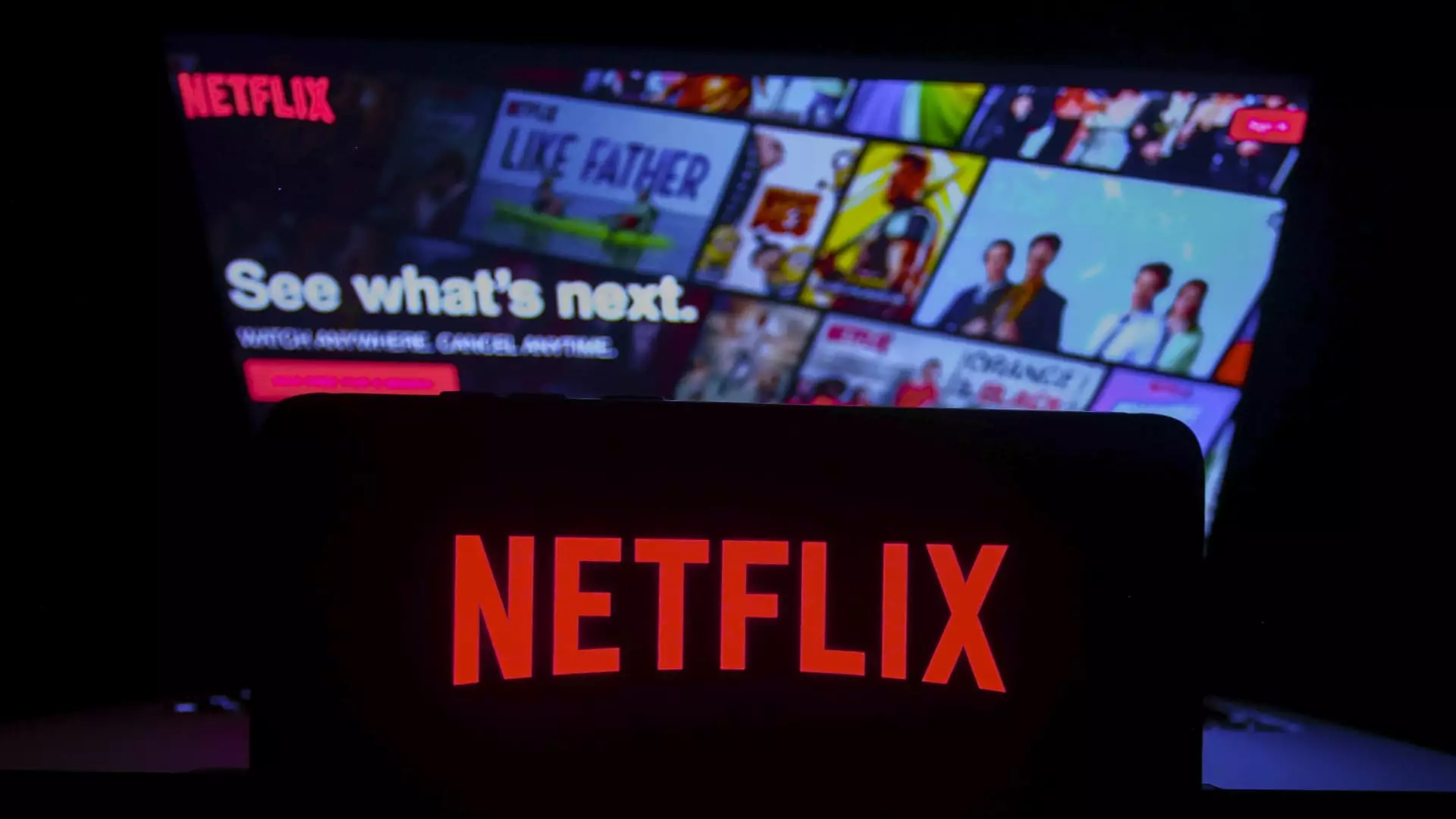For years, Netflix has stood tall as the unrivaled king of streaming media, boasting a library of hit shows and a vast subscriber base that seemed unassailable. Yet, recent insights suggest that this perceived dominance is an illusion that could soon crumble under the weight of intensifying competition and changing viewer habits. The narrative that once celebrated Netflix’s unstoppable ascent is now marred by subtle signs of decline in engagement metrics. While subscriber numbers remain impressive, the real measure of its strength—viewer engagement—is waning. This signals that Netflix’s future may be less secure than the company or its enthusiasts claim, especially when free alternatives like YouTube begin to siphon viewers and attention away from traditional subscription models.
Shifting the Battlefront: Engagement Over Subscribers
The critical error many overlook is the conflation of subscriber counts with actual user engagement. Netflix’s quarterly report, which showcased strong earnings and raised guidance, created an aura of continued success. Yet, behind those numbers lies a troubling trend: viewers are spending less time watching Netflix per session. This decline in engagement is a telltale warning sign. If consumers are dedicating less time to Netflix content, it undermines the platform’s ability to command premium pricing and justify high programming budgets. More compelling is the rising prominence of YouTube, which now accounts for a larger slice of total viewing time—thirteen percent versus Netflix’s eight percent—indicating a seismic shift in consumer behavior. When audiences increasingly turn to free, user-generated content, paid streaming services risk losing their justification for high subscription fees and exclusive content investments.
The Double-Edged Sword of Artificial Intelligence
Artificial intelligence is often lauded as the next frontier for media companies, promising targeted advertising and optimized content creation. Netflix is no exception, yet the looming presence of AI also opens Pandora’s box. On one hand, it promises significant cost reductions and diversification of content, allowing Netflix to improve personalization and maximize revenue. On the other, AI empowers independent creators—particularly on platforms like YouTube—to produce high-quality content at a fraction of the cost. This democratization of content creation threatens Netflix’s traditional model, which relies on producing and owning exclusive shows. As AI blurs the line between amateur and professional production, the platform’s claim to exclusive, high-quality programming faces serious erosion. The more affordable tools of creation mean a flood of competitive content that can attract viewers without the hefty price tag of studio-produced blockbusters.
Looking Beyond the Glitter: The Fragility of a Media Empire
Despite the setbacks, some still see Netflix as a resilient behemoth, the most valuable media company the world has seen. This belief is predicated on their historic success and the assumption that their brand and market position remain unassailable. However, this complacency ignores the fundamental shifts underway in media consumption, where engagement and user loyalty are becoming increasingly volatile. The rise of platforms like YouTube, backed by giants like Alphabet, signals a new era where content is more democratized and accessible—possibly irresistibly so. Netflix’s continued dominance depends on its ability to innovate amid these disruptive forces. Otherwise, the once-unquestioned supremacy may turn into a fragile illusion, with new competitors ready to capitalize on their vulnerabilities.

